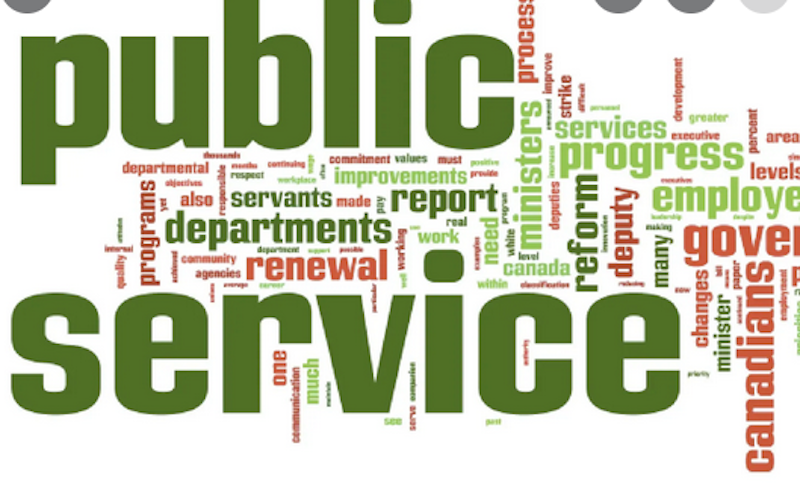The Report Writing and Presentation Course teaches you how to structure, write and verbally present a professional report. You will learn what to leave out and what to include in order to engage your readers and audience members. Report Writing is designed to help professionals improve report writing skills, and sharpen up and deliver reports that are concise, logical, and persuasive. One thing is for sure, the more effective reports are, the greater the chances for a successful outcome.
COURSE OBJECTIVES
At the end of this course the participants will be able to learn:
- Write for a particular target audience, and adapt the same material for different audiences.
- Formulate the purpose and goal of the writing, and develop an approach and method of persuading the audience of your main points.
- Order and structure the material and the flow of information in a manner to support your argument.
- Given the purpose and the persuasive message, create a report outline, and know how the various sections are going to link together to support the persuasive message.
- Recognize the value of writing in plain English.
- Recognize the importance of layout, and non-verbal messaging in the preparation of reports.
- Analyze experimental data using the principles of statistical analysis
COURSE OUTLINE
Module 1:
- Principles and Strategies of Technical Report
- Knowing Your Audience, Purpose, and Length of Report
- Giving and receiving constructive feedback – what makes a review effective?
Module 2:
- Headings, Chapters, and sections
- Running headers and footers
- Types of reports and templates to use
Module 3:
- Writing styles & techniques
- The 12 golden rules of writing
- Group practice and interactive session
Module 4:
- Focus on your audience’s needs
- Deter word choice, tone, and number of details to include
- Drafting – the mindset to avoid writer’s block
- Checking your own
Module 5:
- Writing Clear Sentences and paragraphs
- Remove Jargon, Redundancy, and Wordiness
- Spotting common language problems (lengthy and confusing sentence structures, weak vocabulary, etc.)
Module 6:
- Kinds of graphics and their messages
- Suitability for placement in a graphic representation
- Editing Content, Logic, and Language
- Guided writing practice with examples



